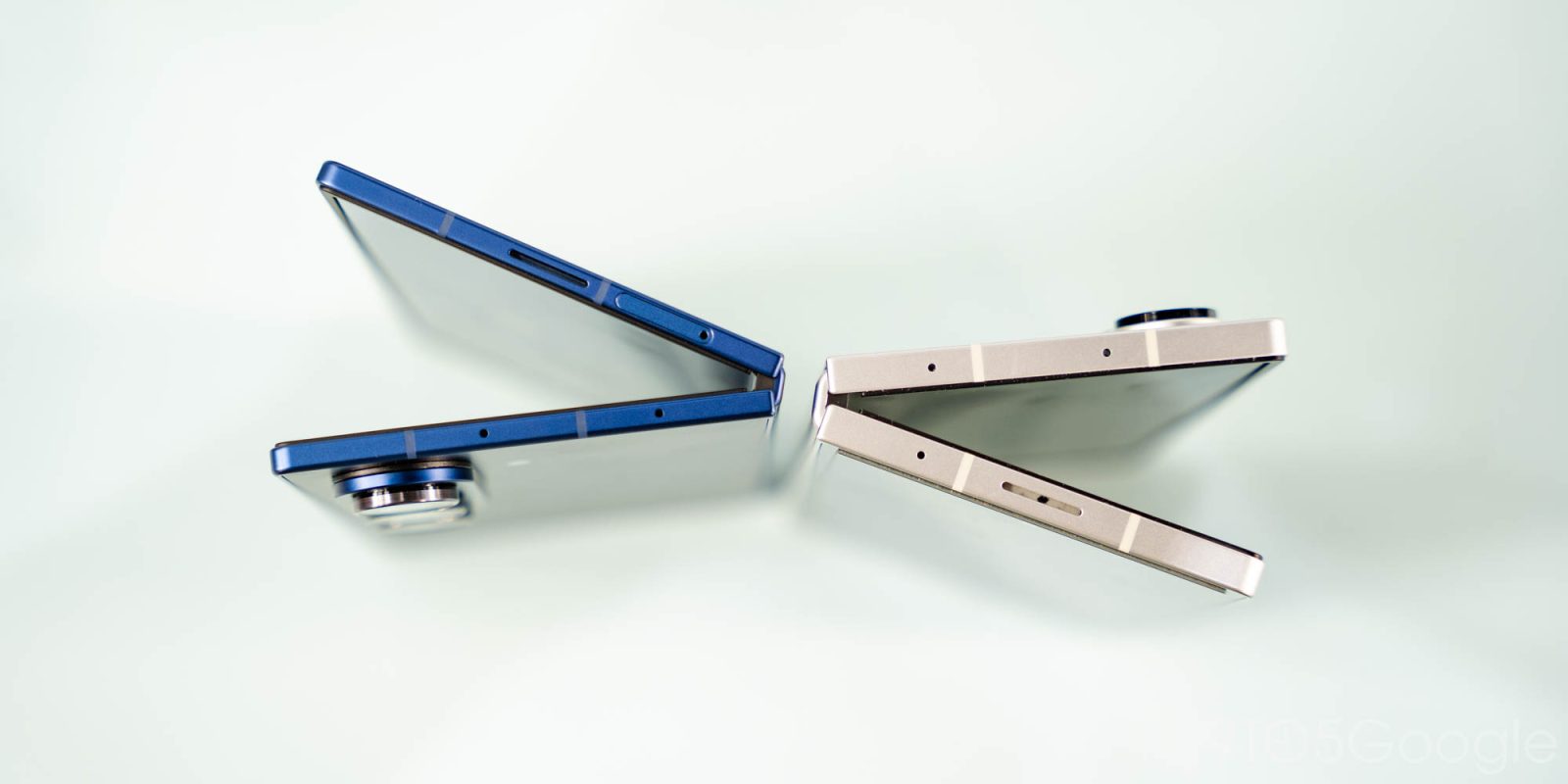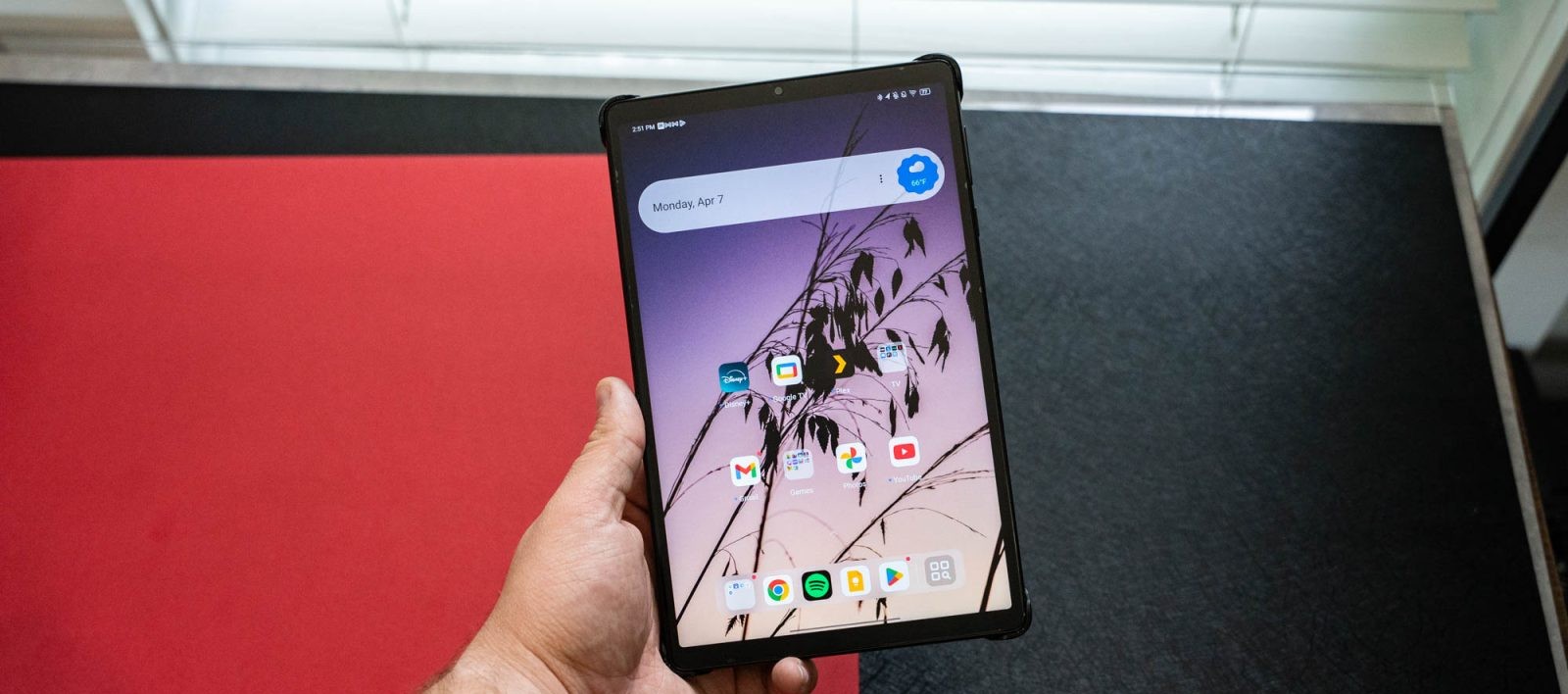Samsung’s Galaxy Z TriFold: Pioneering the Next Generation of Foldable Technology
Samsung is on the brink of revolutionizing the foldable smartphone market with its upcoming Galaxy Z TriFold. This innovative device is set to redefine user experiences by introducing a unique tri-fold design, offering a larger display while maintaining a compact form factor.
Design and Functionality
The Galaxy Z TriFold stands out with its three-panel folding mechanism. Recent animations reveal that the device folds outward, starting with the right panel, followed by the left, resulting in a sleek, folded state. This design not only enhances portability but also provides a substantial screen size when fully unfolded, catering to users who desire both compactness and expansive display real estate.
Technical Specifications
While official specifications are yet to be confirmed, reports suggest that the Galaxy Z TriFold will feature a display measuring between 9.9 to 10 inches when fully opened. This size surpasses the 7.6-inch display of the Galaxy Z Fold 6, offering users a more immersive viewing experience. The device is also expected to incorporate a robust hinge mechanism, possibly utilizing titanium for enhanced durability and to support the complex folding structure.
Market Position and Competition
Samsung’s venture into tri-fold technology positions it ahead of competitors in the foldable market. Although Huawei introduced the Mate XT with a similar concept, Samsung’s approach with the Galaxy Z TriFold aims to set a new standard in design and functionality. The device is anticipated to launch alongside other foldables, including the Galaxy Z Fold 7 and Galaxy Z Flip 7, indicating Samsung’s commitment to diversifying its foldable lineup.
Challenges and Considerations
Introducing a tri-fold device presents unique challenges, particularly in ensuring durability and user-friendly design. Samsung’s focus on refining the hinge mechanism and overall build quality will be crucial in addressing potential concerns. Additionally, the market’s reception to such an innovative form factor remains to be seen, as consumer preferences continue to evolve.
Conclusion
The Galaxy Z TriFold represents a significant leap in foldable smartphone technology. By combining a larger display with a compact design, Samsung aims to cater to users seeking versatility and innovation. As the device’s launch approaches, it will be interesting to see how it influences the foldable market and whether it sets a new benchmark for future devices.



